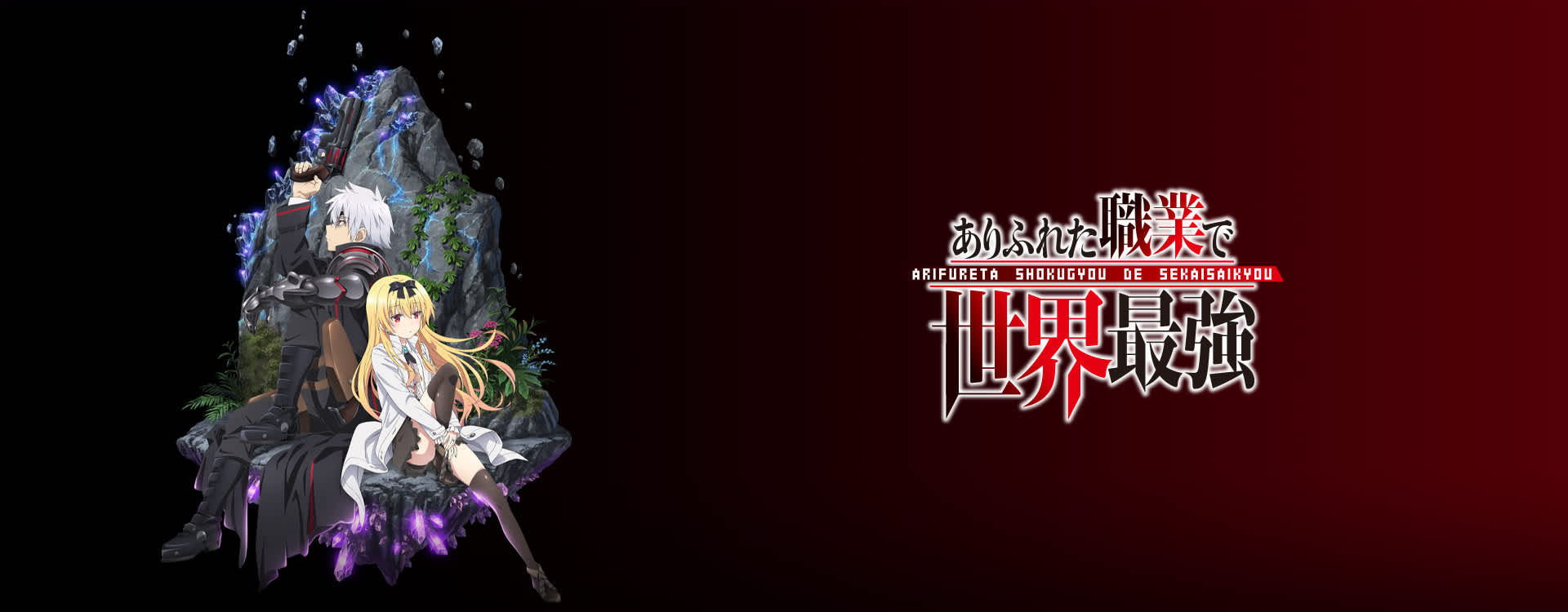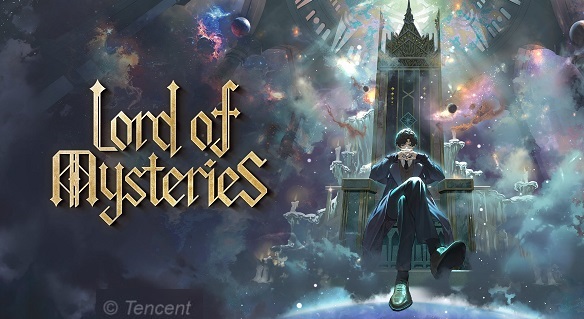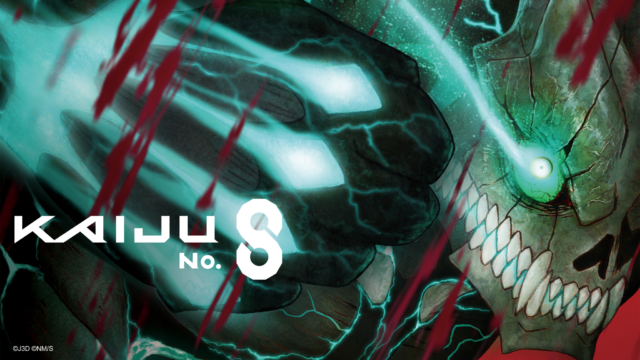English Dub Season Review: Arifureta: From Commonplace to World’s Strongest Season One
Spoilers for Season One Below!
Arifureta: From Commonplace to World’s Strongest is a show about Shadow the Hedgehog’s human D&D OC, and his harem of lusty girls who are all inexplicably in love with him. Okay, we’re embellishing a little bit — but to anyone who’s seen the show, it’s not too far off. Arifureta: From Commonplace to World’s Strongest is actually based on a series of light novels, which were written by Ryo Shirakome and illustrated by Takayaki. This then spurred the manga, and even audio dramas before the anime was finally announced back in 2017. Needless to say, since the series has been alive since 2013, one would think that the anime would be of a decent quality, right?
Wrong.
It’s evident to fans — both new and old — that something is wrong with this show. However, is Arifureta: From Commonplace to World’s Strongest a bad show because of the show-runners, or was the story always poor quality?
Spoilers: it’s both. Why? Let’s review.
To start with, it seemed like the animation was the only somewhat redeemable thing about the series. The fight sequences were pretty elaborate, and the show starts out with some ruthless, gorey imagery that really sets the tone for future encounters. However, much like most of the show, the first impression goes south. Some of the 3D monster models are inconsistent and lack proper shading, making their textures look a little…weird. The other thing about the animation is that it decides to save most of its quality for important things, such as close-up tongue kissing, boob bouncing, and other sexual debauchery. Seriously — the animation will have like 60 frames per second when it’s showing something nasty. If only that were the sole, terrible thing about this show, though. If only.
The plot starts as if there was a chunk of the series the show runners just…left out. The story follows a teen named Nagumo, who initially starts out as a timid guy who gets bullied by his more-powerful classmates. The class (including the teacher) are transported to another world, which summons them because they’re destined to save that world from demonkind. However one of Nagumo’s classmates casts him off into the depths of a labyrinth where monsters reside. Nagumo must survive by eating monster meat — which gives him super abilities, at the cost of his humanity.
So this once-timid, low-powered boy becomes this angsty, evil-aligned character whose personality entirely changes. As he travels through the world, he learns that he’s prophesied to kill the gods — who have been the ones igniting wars in the world for their own entertainment. He wants no part of this, however, and simply wants to return home with his new loli-wife, Yue, his side-hoes, Shea and Tio, and his adoptive mermaid daughter, Myu, while leaving his class behind to deal with the world’s mess.
Seems straightforward enough, right? Except, that the story practically started with Nagumo getting cast into the labyrinth depths, instead of starting it from where the class gets transported to the world. As if this weren’t confusing enough, the show decides to reveal the base of the plot as the show goes on, completely ignoring basic storytelling rules: Exposition, then Inciting Incident, then Rising Action, then Climax, followed by the Falling Action and Resolution. This show goes like…Inciting Incident, then Exposition, then Rising Action, then Exposition, then Rising Action…you get the idea. It’s messy, there’s no structure, and the pacing is abysmal. The plot moves from Point A to Point B so fast that it’s very easy to tell they left tons of major plot points out of the show without having even read the original series. There’s an entire episode dedicated to recapping the first five episodes — it’s literally the cheapest thing this reviewer has ever seen, and it’s just one example of how cheap this show is. There’s zero time for character development and nothing gets expanded upon. The worst part is that the setting itself seemed to hold a lot of potential, as a very D&D-esque world. However, all of this is squandered in favor of making this story more about Anime Titties instead.
Which brings us to the characters. What a train wreck.
The audience is unable to get attached to Nagumo, because they barely even show what Nagumo used to be like before he transformed into an evil-aligned, selfish, self-centered asshole. The novels must have built an establishing personality with who Nagumo formerly was, so that his transformation would be more impactful to the reader. Here, he’s soft for two seconds, and then he’s suddenly got this deep voice, and loves killing. He’s not a character: he’s just a gun. That’s it. That’s his personality. Oh wait, we almost forgot his other defining feature: abuses women. So, he’s a gun who abuses women.
Which brings us to the girls: Yue, who embodies the, “It’s okay, guys, she’s hundreds of years old! She just looks ten!” trope, Shea, who is a literal bunny girl, and Tio, who suffers from terminal horniness. All of these characters must have spent cumulatively an an entire episode’s worth of dialogue, solely discussing how badly they want to bone Nagumo. This is all despite the fact that physically abuses Shea and Tio daily — even anally violated Tio onscreen. Yeah. Onscreen. For minutes that could have been spent fixing the pacing. These three characters are the worst examples of female characters there’s been in a long, long time, and it seems like that’s how the source material made them, too. It’s a sorry excuse for writing, and a disgusting display of everything wrong with girls represented in anime.
The only relatively well-rounded character seems to be Ms. Aiko — and she’s barely onscreen! Even she couldn’t escape from the forced fan-service with her teen student, though, which just goes to show what the goal of this series truly was. The rest of the students are barely worth mentioning, as they barely get screen-time anyway.
The voice acting was weird because, again, Nagumo’s original voice was originally timid — then suddenly turned into…Shadow the Hedgehog. Everyone else didn’t really do anything noteworthy, but the flatness of the plot and idiocy of the dialogue probably didn’t give any of them much to work with. Tio, Shea, and Ms. Aiko were very expressionistic, but that’s all there is to say. Yue seemed a bit monotone to reflect her “true age,” but she occasionally showed emotion. The music was fine, but even if it was the greatest music on earth, there was no saving this show.
At the end of the day, fans may have been complaining that the show was cheaply done and poor quality, but honestly? The source material was also bad. Arifureta: From Commonplace to World’s Strongest is what it is: a fan-service story disguised as an Isekai. This show, with its cut-for-time pacing, missing plot points, lack of character depth/development, disgusting objectification of women, and sexualization of abuse makes it amount to absolutely nothing. There’s no place for a show like this anywhere. Did it have potential? Yes. But there’s no helping it now — we can only hope it doesn’t come back.
Arifureta, you’re some of the world’s worst.























"There are also other characters that come and go (also owned by the Warner Bros. Discovery conglomerate media company)."
Huh. Is that just referring to other characters from the show itself, or is this implying that the new season is going to have cameos from other WBD IPs